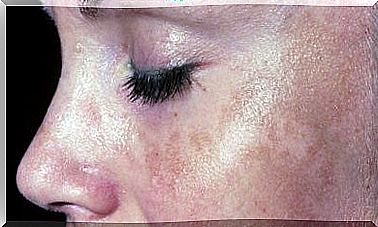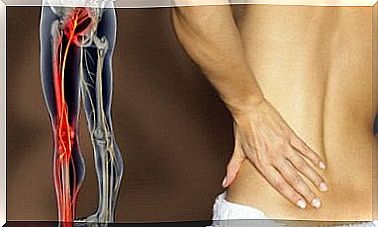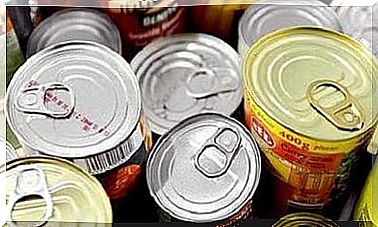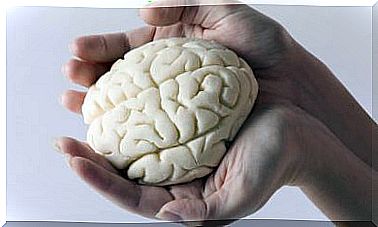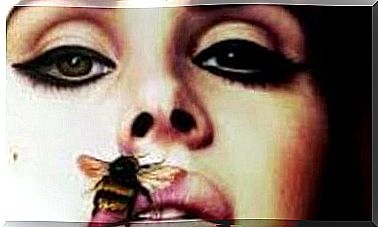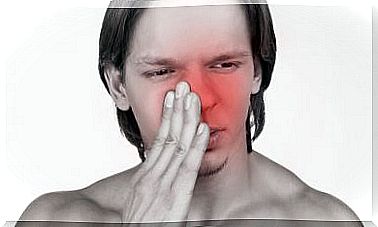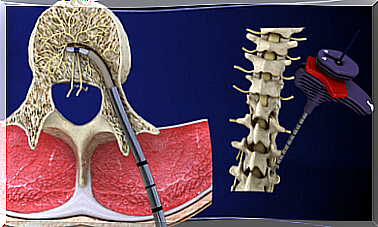Causes Of Lower Back Pain And How To Relieve Lower Back Pain

The lumbar region is composed of a complex structure of interconnected elements. When there is inflammation or injury in the area, the pain is radiated to other regions of the body, causing many problems. Know in this article the main causative factors and how to relieve low back pain.
Low back pain is very common. Statistics indicate that between 70% to 85% of people suffer from low back pain at some point in their lives, especially those between 30 and 60 years of age, are sedentary, are overweight or engage in activities that demand a lot from the body, like dancing, running or high-impact sports.
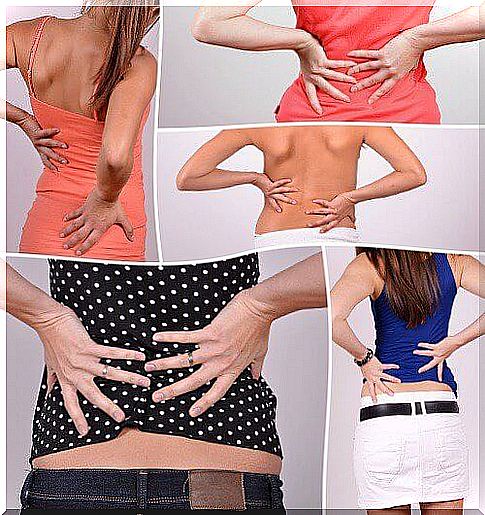
What are the symptoms of low back pain?
The most common symptoms of lower back pain are:
- Tingling or burning sensation in the area.
- Acute pain or chronic pain for several days
- Pain that radiates to other areas such as legs, hips, and even feet.
- Muscle spasms.
- Muscle rigidity.
Low back pain can be a symptom of other health problems, such as a herniated disc or degeneration of bone and cartilage. Muscle strains can also be a cause, and treatment will vary depending on the cause of pain. Only a doctor can diagnose what the patient is suffering from and what it will take to relieve the low back pain.
What are the causes of low back pain?
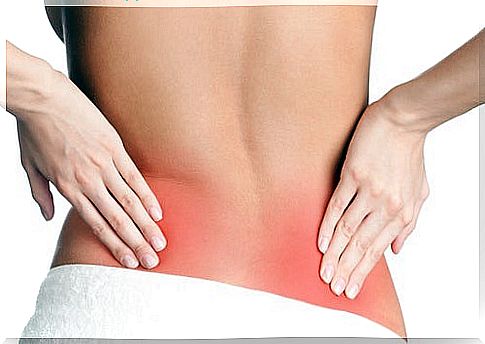
Lower back pain is more common because the region supports a large amount of body weight. The problem affects so many people that, in the United States, it is the second largest cause of medical consultations, second only to the flu and colds.
Low back pain can appear as a consequence of lifting something very heavy, making a sudden movement, “badly”, sitting for a long time, maintaining a bad posture or being knocked on the spot. Low back pain can also be associated with these problems:
- Injuries, injuries and fractures.
- Degeneration of vertebrae (mainly caused by aging, but there may also be genetic predisposition, labor and environmental causes, and other factors)
- Kidney infections or kidney stones.
- Tumor in the spine.
- Obesity.
- Joint problems such as arthritis.
- Disc herniation.
- Spinal infections.
- Infections of the female reproductive organs such as endometriosis, ovarian cysts, ovarian cancer or uterine fibroids.

How to relieve low back pain?
In the face of an acute pain crisis, it is essential to avoid physical activity in the first hours of pain. This can help lessen possible muscle damage and help the body recover until the cause of the problem is diagnosed.
- Apply a hot or cold compress, such as an ice pack. You can use ice therapy for the first 48 or 72 hours and then use a hot water bottle over the affected area to lessen the pain.
- Remain at rest, preferably in a fetal position, with a thin pillow between your knees and your head well supported by a pillow. It is not recommended to take painkillers before consulting with the doctor, as they can mask the pain, and cause the patient to strain the spine even more, making the problem worse.
- If possible, after the acute phase, do some stretching or massage the area to relax the muscles and relieve lower back pain. If the pain gets worse, stop these activities immediately.
Low back pain can be prevented with good posture, with the practice of regular exercises that strengthen the muscles in the region, with the elimination of excess weight and other risk factors.
While, in the acute phase, exercises are totally prohibited and rest must be absolute. After this phase has passed, stretching and other ways of moving the body are recommended. But it all depends on the real causes of pain, which may not be muscular.
Remember that these are palliative care. In the face of a crisis, it is necessary to consult an orthopedist immediately, who will be able to assess why you are experiencing this low back pain and define the best course of treatment. It may include surgery, medications, physical therapy, dietary and lifestyle changes, exercise programs, and other therapies.
